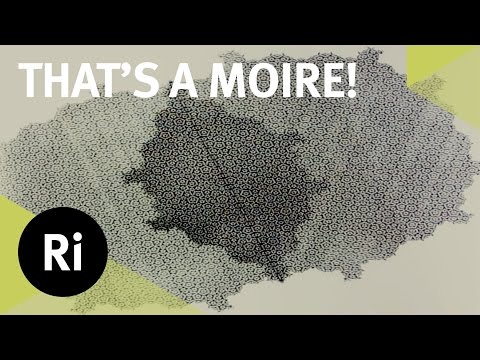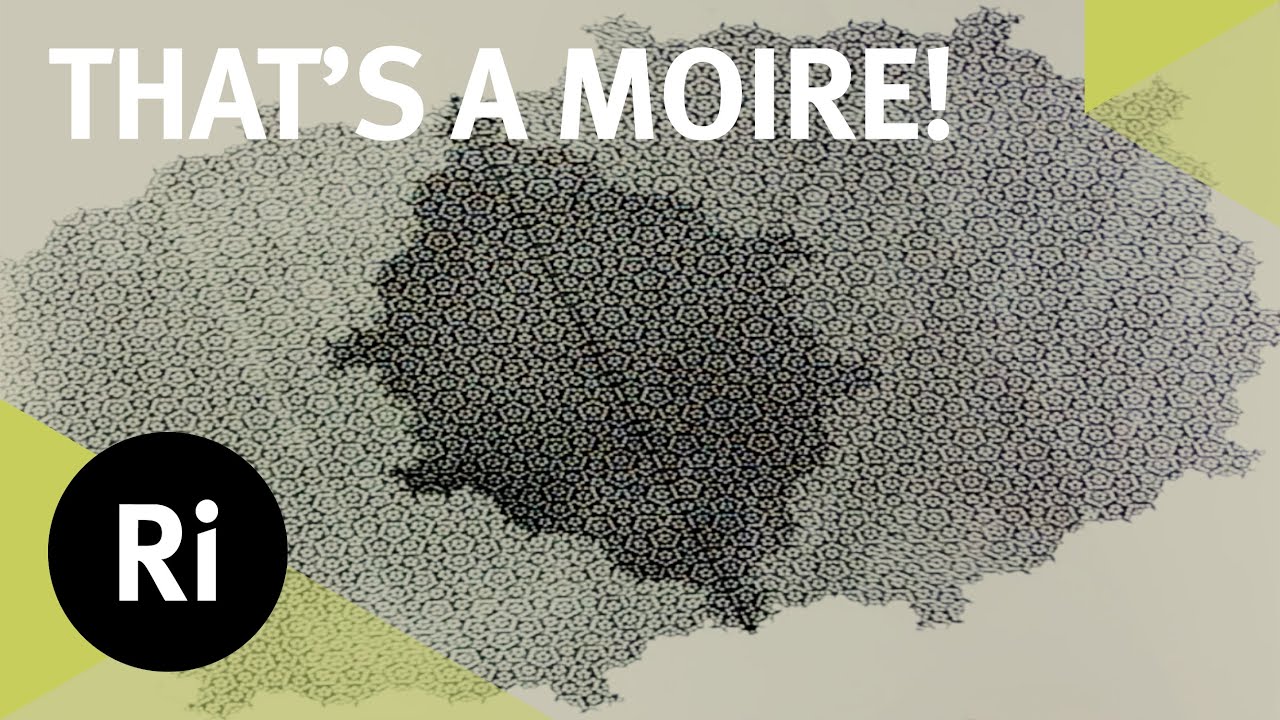Moire fabric is a mesmerizing textile that effortlessly captures attention with its enchanting visual effects. With its rich history dating back centuries, this unique fabric boasts a distinctive pattern that adds a touch of elegance and sophistication to any garment or home decor. The moire fabric’s allure lies in its intricate design, featuring undulating waves that create an optical illusion of shifting lines and textures. Its mesmerizing play of light and shadow is guaranteed to leave you captivated. Whether used in fashion or interiors, this fabric adds a luxurious and glamorous touch to any space. The moire fabric’s versatility shines through as it effortlessly adapts to various styles and occasions, making it a timeless choice for both classic and contemporary aesthetics. Crafted with meticulous care, this fabric exudes quality and durability, ensuring that your investment will last for years to come. Indulge in the moire fabric’s enchanting allure and transform your surroundings into a haven of elegance and beauty. Experience the magic of this textile and let its mesmerizing charm captivate your senses.

The Beauty and Versatility of Moire Fabric
When it comes to luxurious fabrics, moire fabric is a true standout. With its unique texture and stunning visual effect, moire fabric has been a popular choice for centuries. In this article, we will explore the origins, characteristics, and various uses of this exquisite fabric.
The Origins of Moire Fabric
Moire fabric traces its roots back to 17th century France. The word “moire” is derived from the French term “moire antique,” which means “antique watered.” This fabric gained popularity during the reign of Louis XIV and was highly sought after by the aristocracy.
Originally, moire fabric was made using silk. The unique appearance of the fabric was achieved through a special finishing technique known as “moireing.” This technique involved pressing the fabric between engraved rollers to create a rippled or wavy effect. Over time, moire fabric began to be produced using other materials such as rayon and polyester, making it more accessible to a wider range of consumers.
Characteristics of Moire Fabric
What sets moire fabric apart from other textiles is its distinct water-like pattern. The rippled effect is created by the way light reflects off the fabric’s surface, giving it a mesmerizing shimmer. This unique characteristic makes moire fabric a favorite choice for adding texture and depth to various designs.
Another notable characteristic of moire fabric is its durability. The finishing process used to create the rippled effect also strengthens the fabric, making it resistant to wrinkling and creasing. This durability, coupled with its luxurious appearance, makes moire fabric a popular choice for upholstery and home decor.
Uses of Moire Fabric
Moire fabric has a wide range of applications in the world of fashion and design. Its unique texture and visual appeal make it ideal for creating stunning evening gowns, cocktail dresses, and bridal wear. The rippled effect adds dimension and elegance to any garment, making it a favorite among fashion designers.
In addition to clothing, moire fabric is also used in upholstery and interior design. Its durability and luxurious appearance make it perfect for creating statement pieces such as chairs, sofas, and curtains. The shimmering effect of moire fabric adds a touch of sophistication to any room.
Caring for Moire Fabric
Moire fabric requires special care to maintain its beauty and longevity. It is recommended to dry clean moire fabric to prevent any damage or distortion of the rippled effect. When storing moire fabric, it is important to avoid folding or creasing it to maintain its pristine appearance. Hanging the fabric or rolling it on a cardboard tube is the best way to store it.
In case of accidental spills or stains, it is crucial to act quickly. Blotting the stain gently with a clean cloth or paper towel is the first step. Avoid rubbing or scrubbing the fabric, as it may cause further damage. It is advisable to seek professional cleaning services for stubborn stains or extensive damage.
Conclusion
Moire fabric is truly a timeless and versatile fabric that adds a touch of elegance to any design. Its unique rippled effect and shimmering appearance make it a favorite among fashion designers and interior decorators. Whether used in clothing or home decor, moire fabric is sure to make a lasting impression.
So, the next time you’re looking for a fabric that combines beauty, durability, and versatility, consider moire fabric. Its rich history and stunning visual effect make it a true standout in the world of textiles.
“Unveiling the Mesmerizing World of Moiré Patterns!”
Video Source : The Royal Institution
List about Moire Fabric
Moire Fabric
| Property | Description |
|---|---|
| Definition | Moire fabric is a luxurious textile that exhibits a distinctive wavy or rippled pattern. |
| Production | Moire is typically created by subjecting the fabric to a process called calendering, where pressure and heat are applied to the material. |
| Optical Effect | The moire effect is a visual phenomenon that occurs when two regular patterns, such as parallel lines or grids, are superimposed, resulting in an interference pattern. |
| Applications | Moire fabric is highly sought-after in the fashion industry, especially for evening wear, ball gowns, and bridal attire, owing to its elegant and glamorous appearance. |
| Historical Significance | Moire fabric has a rich history, dating back to the Middle Ages, where it was initially produced using watered silk. It was a favorite among European nobility and royalty. |
| Modern Variations | Today, moire fabric is not limited to silk but is also manufactured using other materials such as polyester, rayon, and even cotton, widening its accessibility and versatility. |
| Care Instructions | Moire fabric should be dry cleaned to preserve its unique texture and appearance. Ironing should be done on the reverse side or by using a pressing cloth to avoid damaging the delicate pattern. |
| Design Adaptations | Designers often experiment with moire fabric by incorporating additional embellishments such as embroidery, beading, or sequins to further enhance its opulent aesthetic. |
As an expert in textiles, I can confidently say that moire fabric is a timeless and captivating choice for those seeking a touch of luxury in their garments. Its mesmerizing ripple effect adds depth and dimension, making it a highly desirable fabric in the world of fashion.

